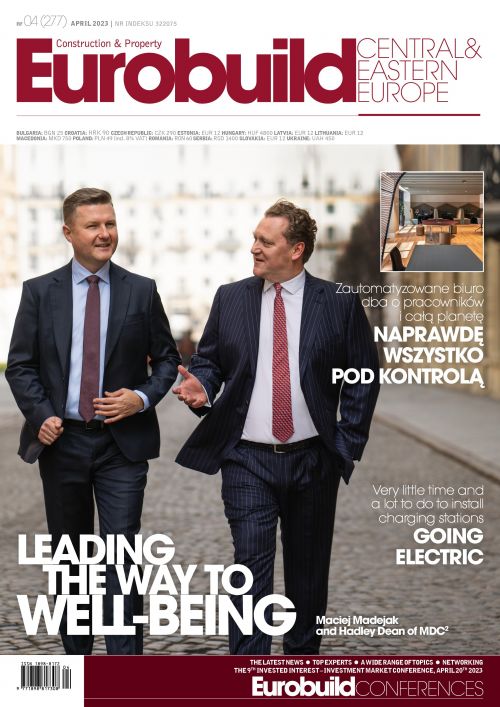The wave of green certification first hit Poland in 2010, when the first office buildings were awarded LEED and BREEAM certificates. And while office buildings continue to lead the way in this regard, according to last year’s annual report by the Polish Green Building Council (PLGBC), logistics and industrial buildings have made substantial strides in catching up, going in one year from 21 pct of the total of certified buildings to 29.3 pct, with office buildings for the first time experiencing a shrinkage in its share (from 54 pct to 47.5 pct). Where the Polish warehouse market still lags behind, however, is in the adoption of any well-being certificates, despite the fact that in Western countries several logistics complexes have received certification from the International Well Building Institute, such as Prologis DC5 in Tilburg in The Netherlands in 2019. Around the same time, the first Polish office building obtained a Well Core & Shell certificate and by the time of the































































